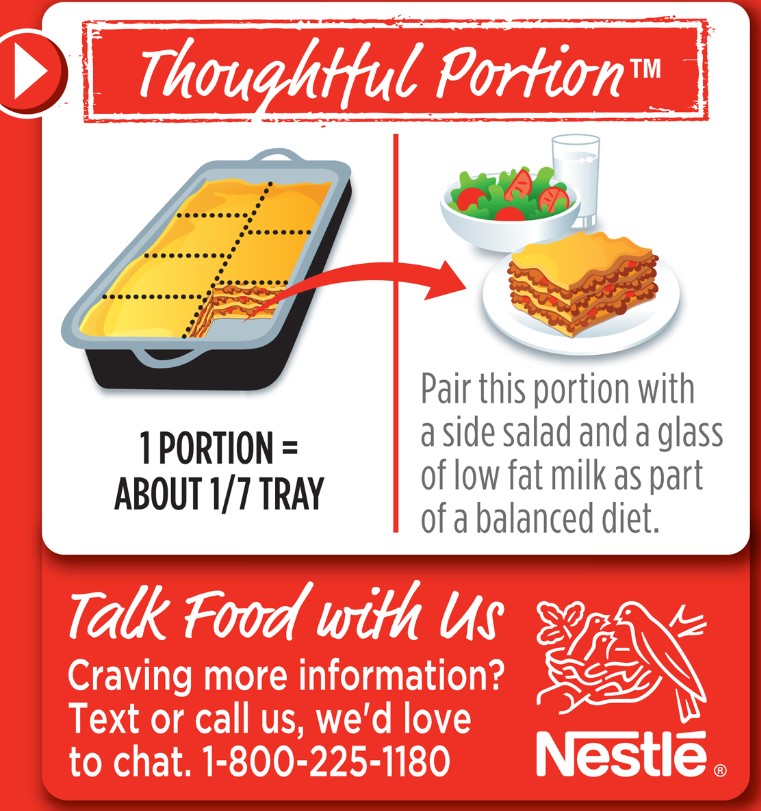Ever wonder what the difference between a Research Brief and a GEM (Great Educational Material) is? From JNEB’s author guidelines:
Great Educational Materials (GEMs) are brief descriptions of innovative and useful approaches to nutrition education and behavior. Innovative approaches are novel, creative, and thoughtful, generally not having been published before. GEMs describe educational material, including brochures, curricula, videos, websites, apps, materials, or something tangible that teaches to change behavior. GEMs may also be an educational process (teaching style or venue).
Research Briefs are (1) articles that describe development and validation of new measures and methods for research and/or (2) articles that satisfy all criteria for a Research Article but report results from a small or non-representative sample, report on secondary or ancillary results from a larger study, or report on a topic that is considered low priority but would be of interest to some readers of JNEB.
There might be overlap between the two manuscripts, certainly, but in general, the GEM focuses more on the curricula or activity and the research article more on the results and White- sell methods. For instance, in GEM 570 by Whitesell and Swindle, the authors describe the Together We Inspire Smart Eating (WISE) curricula development, as well as educator training, parental engagement, and educator knowledge. These authors received the Best GEM award for this manuscript in 2018. In 2018, the use of social media to deliver the WISE curriculum was published in JNEB and in 2019, a mixed methods manuscript using the WISE program was published which explored barriers and facilitators within deviant cases within the implementation of the WISE curricula. The development and validation of a questionnaire used in this study would be an example of a companion research brief. For large studies, a supplemental issue may be appropriate. However, JNEB does publish companion articles together.
There are many aspects to a nutrition education intervention that can provide unique insights for future educators and researchers. Research Briefs represent your questionnaire development and validation or your formative work or pilot project. I’m writing this to help all to remember JNEB’s GEMs, which can describe the curricula or unique activity. Indeed, while at the SNEB annual conference, I attended several sessions that might be good GEMs. The sessions described a program that was unique in my mind, and had modest outcome data to share.
We have almost 240 GEMs in our online GEMS collection. These can be good resources to crafting your GEM manuscript for JNEB. Yes, these are peer-reviewed, and yes, these would “count” as a publication by most institutions.
Not interested in publishing? Visit our GEMs collection to add a new dimension to your programming. There are an amazing number of good ideas that could be incorporated into all kinds of nutrition education programs.
Karen Chapman-Novakofski, PhD, RDN, is editor-in-chief of the Journal of Nutrition Education and Behavior.
continue reading
Related Posts
As the holidays approach you may have more time to
In the news…good news: school meal reimbursements will continue during
SNAP continues to be in the news… Louisiana’s SNAP waiver



